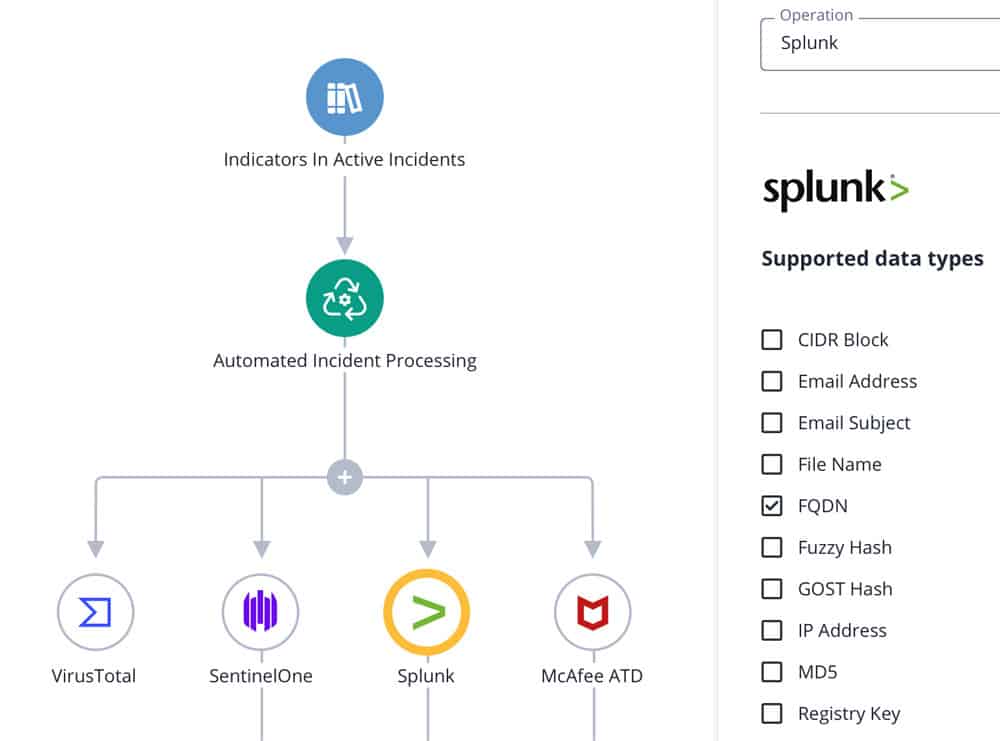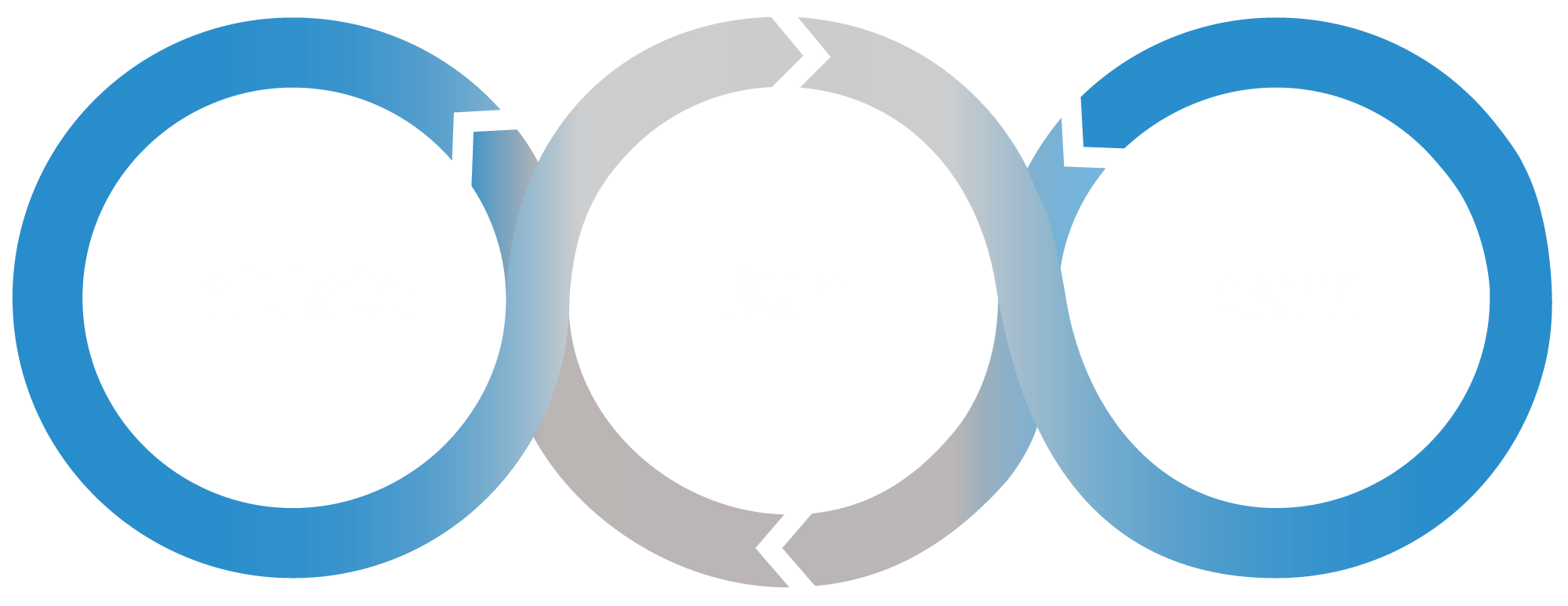THREATQ TDR ORCHESTRATOR
Simplifying TIP, Security Automation and TDIR
by making them data-driven, open and efficient.
ThreatQ TDR Orchestrator is the industry’s first solution to introduce a simplified, data-driven approach to TIP, Security Automation and TDIR that uses no code/low code automation to accelerate threat detection and response across disparate systems, resulting in more efficient and effective security operations.
Key Benefits:
- Easy to set up and maintain
- Reduce playbook runs by 80%
- Ensure output is relevant and high priority
- Learn from the actions taken, and improve over time
- Address common use cases quickly
- Harness Generative AI and natural language processing to optimize TDIR
- Reduce TCO with a low code/no code path to desired outcomes

A Differentiated Data-Driven Approach
The current approach to security automation and orchestration is born from a history of IT operations and process definition; it does not care what data is being processed. This is inefficient for threat detection, investigation and response needs for two key reasons:
1) Wasted time and resources. Playbooks are run on irrelevant and low priority data.
2) If you put noisy data in, the result will be amplified noise out.
When applied to TDIR, process-focused playbooks require complexity which grows exponentially as you increase the number of playbooks.

ThreatQ TDR Orchestrator looks to simplify this through a data-driven, no code/low code approach to automation which “puts the smarts into the platform” through data curation and extracts much of the complexity of process-driven playbooks. Update the platform once vs having to update dozens of playbooks. Also, by starting with the data, you can ensure high fidelity inputs before initiating a playbook, reducing the number of playbook runs and ensuring relevance and priority of actions taken.
How it Works:
When you analyze automation, you can simplify it into three key stages: Initiate, Run and Learn. When each stage functions correctly, it results in automation with higher efficacy and improved efficiency.
Determine when an action should be taken, and/or what should have actions taken upon it.
Perform the course of action or defined process through to completion.
Record what is learned for analytics and to improve future response.

Control when actions should be taken by defining data-driven triggers based on variables and characteristics.
Run playbooks from 3rd party tools or leverage a low-code/no-code user interface to easily create and maintain data-driven playbooks within ThreatQ TDR Orchestrator.
Capture resulting data and context for automated tuning of the database and future analytics and improved triggering.
READY TO SEE THREATQ TDR ORCHESTRATOR IN ACTION?
Fill out the form below for news and information about ThreatQ TDR Orchestrator.
